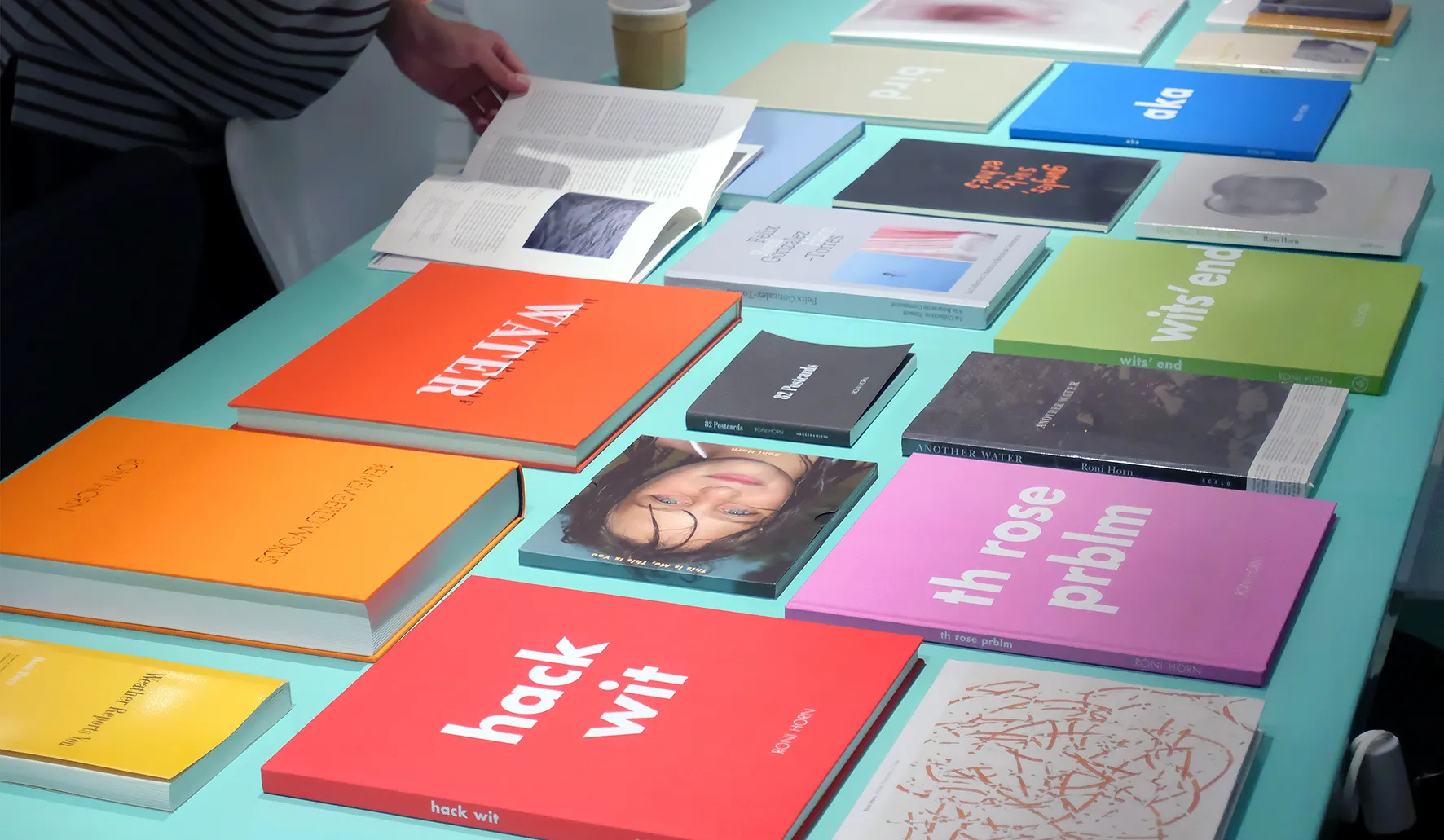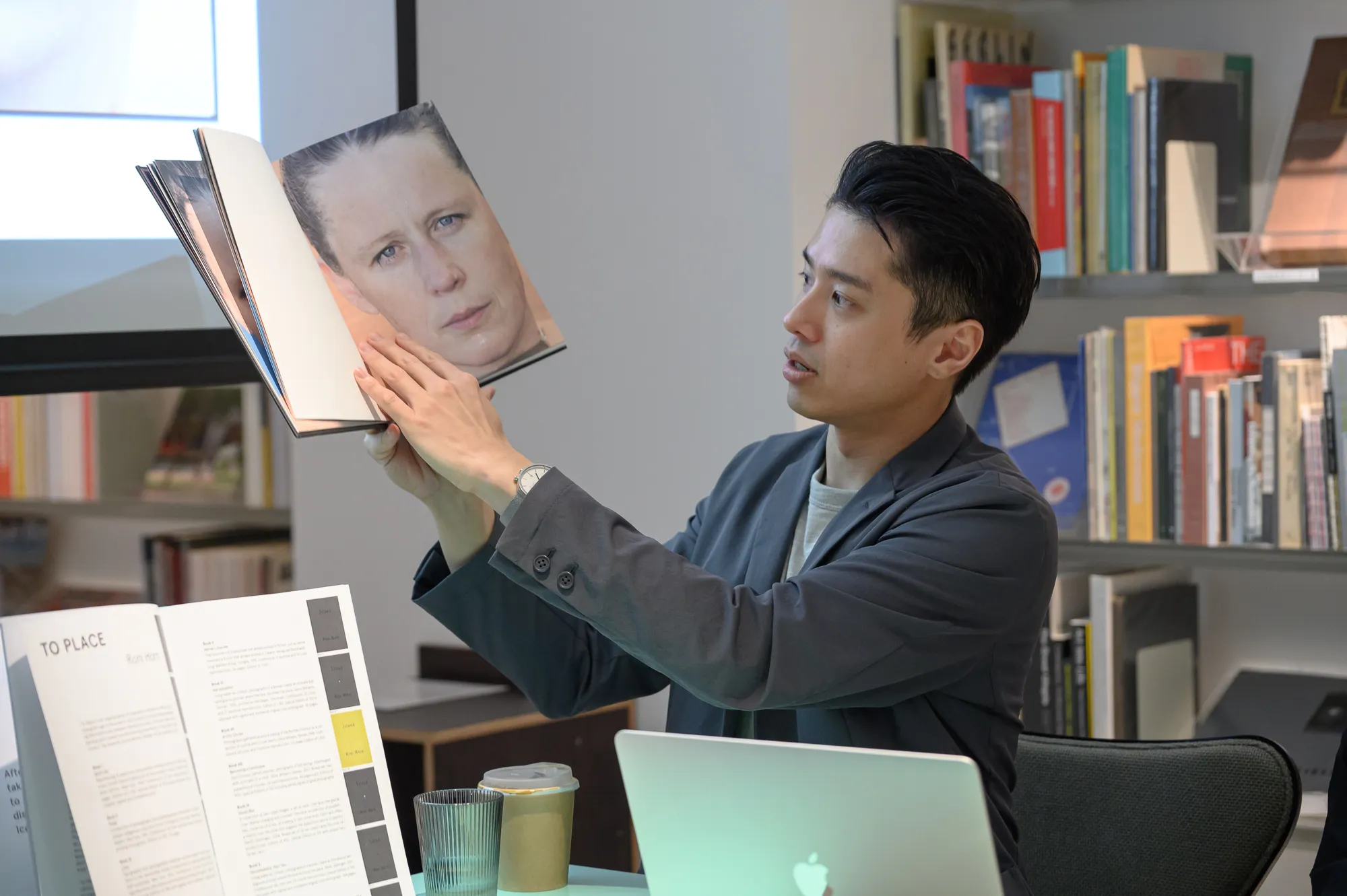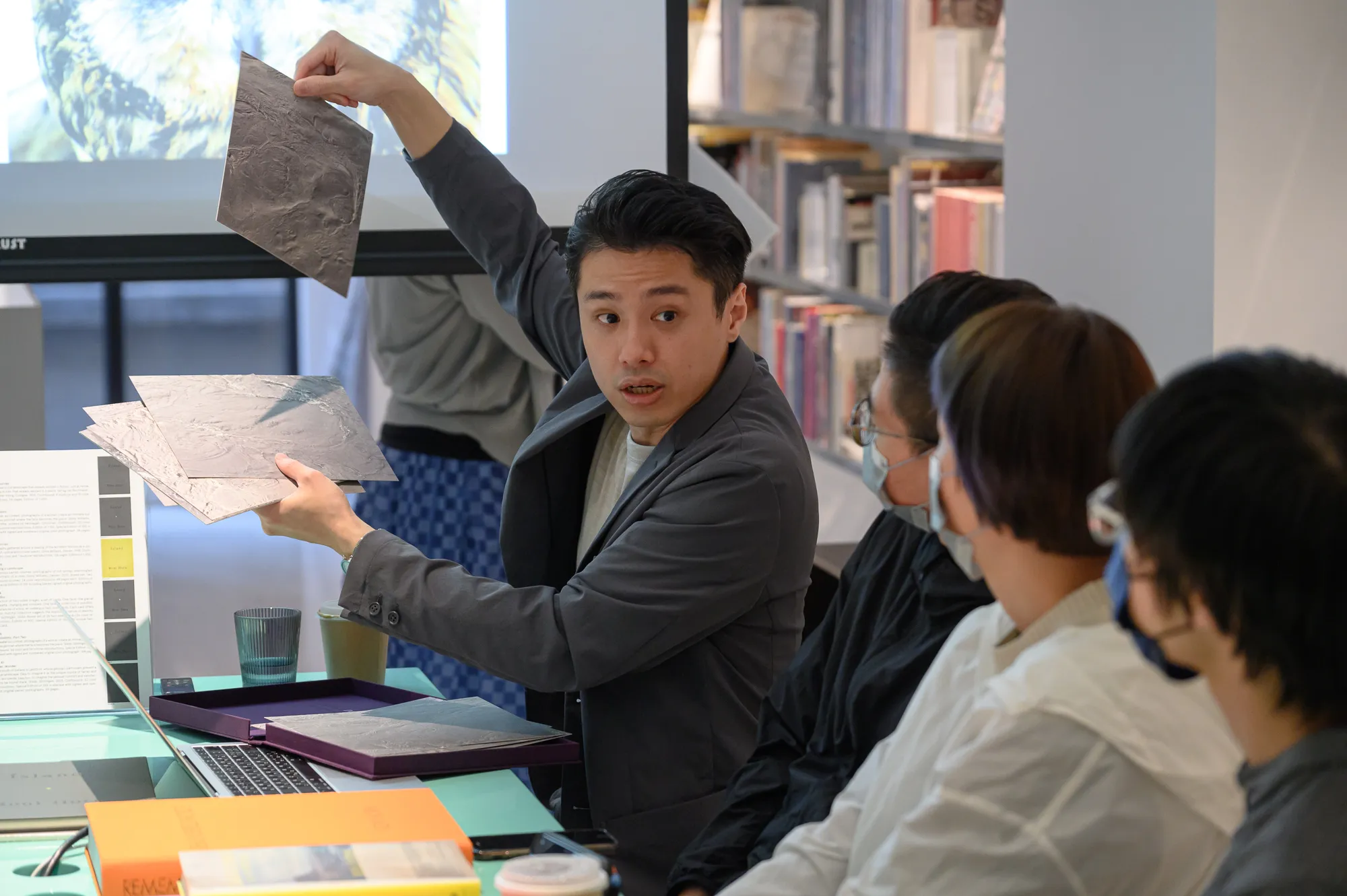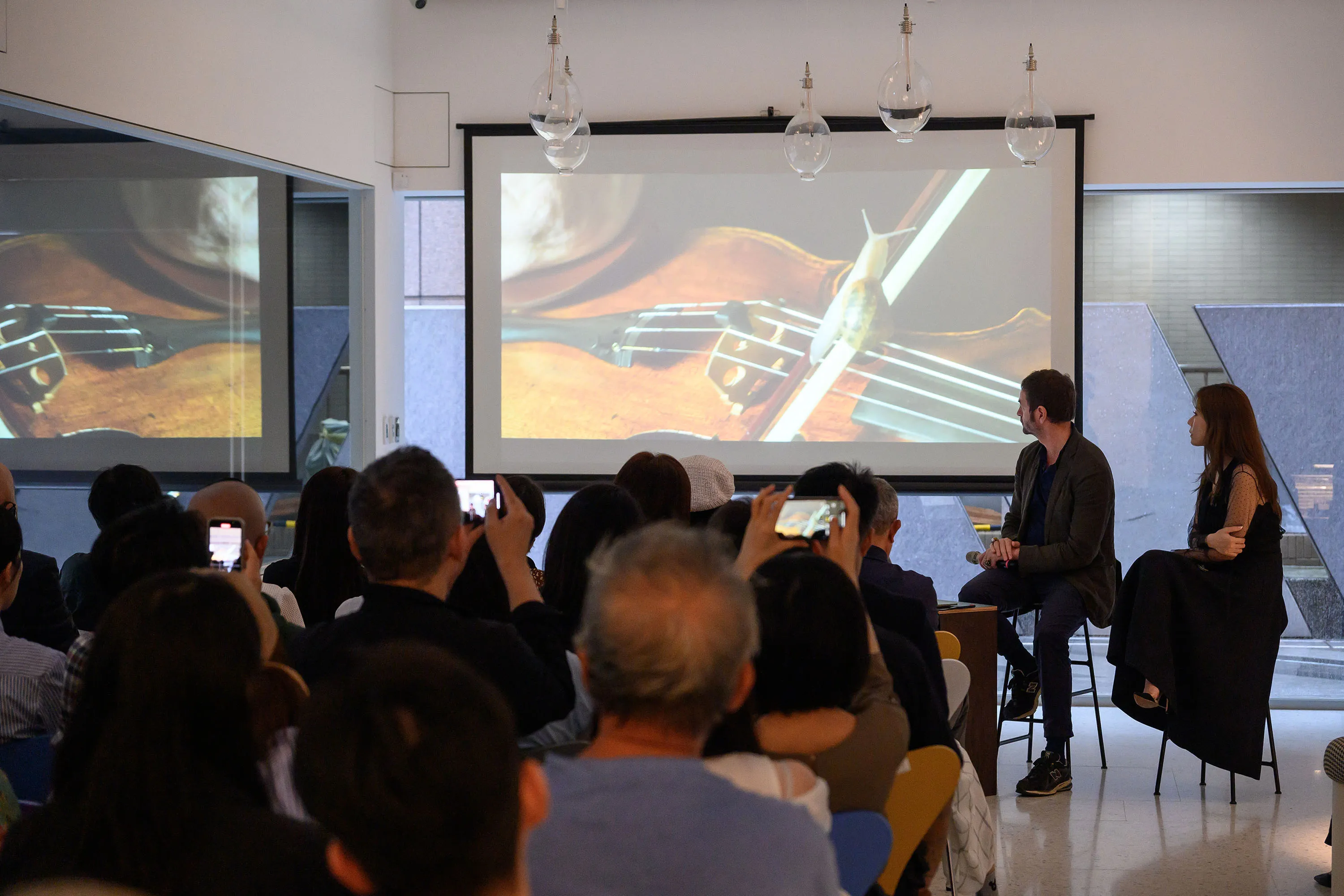
BOOKTALKS|Artists’ Books Series — Roni Horn
Speaker
Tsai Yin-Chin Book Art Researcher/Curator
Location
Winsing Art Place (No. 6, Lane 10, Lane 180, Section 6, Section 6, Minquan East Road, Neihu District, Taipei City)
Fee
$500 (including bookstore entrance fee and a cup of hand-brewed coffee)
Introduction
The talk aims to comprehensively analyze the relationship between American artist Roni Horn's artists' books and their creation, exploring how artists form a series of post-minimalist forms through the material conditions of the books and their generation, to form a series of post-minimalist forms of perceptual engagement: incorporating weather, literature, poetry Within the textual writing and visual scheduling of the booklet, topics such as humans and nature invite the audience/reader into the personal emotions and psychological aspects of the artist's layout through dynamic affability and the linguistic characteristics of the reading.
“I have always felt androgyny as central to my relationship with both myself and the work. As far as an individual's experience with a given work goes, I throw the issue of self-identity back out to the viewer.” - Roni Horn
Mark B. Godfrey, a British art historian who was curator of the Tate Modern Art Museum, noted in Roni Horn's Icelandic Encyclopaedia in 2009 that the To Place series is a collection of books from Ed Ruscha in the 1960s. and the industrial buildings of Bernd & Hilla Becher One of the most important works of the artist's books since publication, it has become a paradigm for contemporary artist bookmaking that continues to have an impact.
We can say that not knowing Horn's artist's book work makes it difficult to get to the heart of her creative concepts, and she once mentioned in an interview: “The To Place series of books are the gateway to all my work and are very important to me.” Published in a total of eleven volumes from 1990 to the present, the series chronicles the artist's long-term interaction with Iceland: exploring issues such as identity, natural ecology, and specific sites through photographs of the region's landscapes, geology, glaciers, water and people.
The lecture will showcase Ronnie Horn's more than thirty years of artist's book series and discuss research on four key themes: the Icelandic Encyclopaedia, the Autobiographical Dictionary, the Imaginative Texts on Water, and Handbook of Portrait Identity), attempts to unravel the metaphorical and symbolic linguistic structures that the artist composed in the book.
Event Recap
Concerning the artist's books, Professor of Philosophy at the First University of Paris, Anne Moeglin-Delcroix proposed four categories: Looking-Telling-Thinking-Collecting. Collecting elements of Iceland, the To Place series chronicles artist Ronnie Horn's long-term interaction with the region, while several books such as Remembered Words, LOG, and Roni Horn: The Selected Gifts (1974—2015) delve deeper into the narrative and explore Horn's genre of self-referential dictionaries. Creation.
Remembered Words is a painting of recent years that reflects the common vocabulary of everyday life with lots of colored dots, including time, book, drawing, writing, travel, etc., exploring the relationship between watercolor and text. ANALOGOUS TO THE WORK LOG DURING THE PANDEMIC, LOG RECORDS THE DAILY WORK OF HORN IN THE FORM OF IMAGES (DRAFTS, DRAWINGS, COLLAGES) DURING THAT PERIOD, GIVING READERS A GLIMPSE OF THE ARTIST'S THOUGHTS AND CONCERNS. In Roni Horn: The Selected Gifts (1974—2015), she recorded images of gifts given to her by her friends of 41 years. Their types include visions, utensils, figurines, meatballs, books, etc. Horn uses these received objects to reflect on others' perceptions of their preferences and what kind of person they are in their eyes, shaping their personal self-identity through the objects. Interestingly, these objects, shot in a two-sided, sequential method, include many books, including Anri Sala: Why The Lion Roars: Forecasts, by the artist Anri Sala, a former art house workshop. THE BOOK CHRONICLES HER AS A DEVICE THAT BRINGS TOGETHER 57 PIECES OF CLASSIC FILMS, EACH OF WHICH IS ASSIGNED A TEMPERATURE OF -11~+45°C. BY DETECTING TEMPERATURE CHANGES OUTSIDE THE EXHIBIT, SHE IS CUT INTO VIDEOS OF DIFFERENT SEQUENCES, GIVING THE PIECES A NEW MEANING.
Language and text are both extremely important mediums for Horn, and she shared in an interview: “I've always thought writing and painting are very similar because they're all about exploration. I have discovered in my writing where I had never understood.” The text and narrative images of her work will continue to lead the audience to see the world in her eyes.












